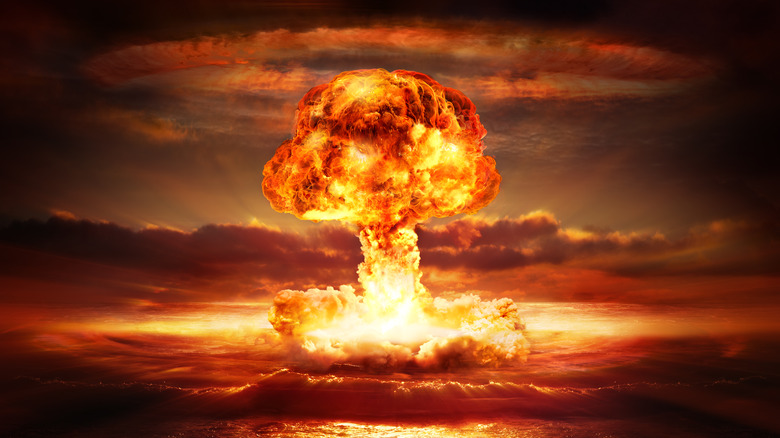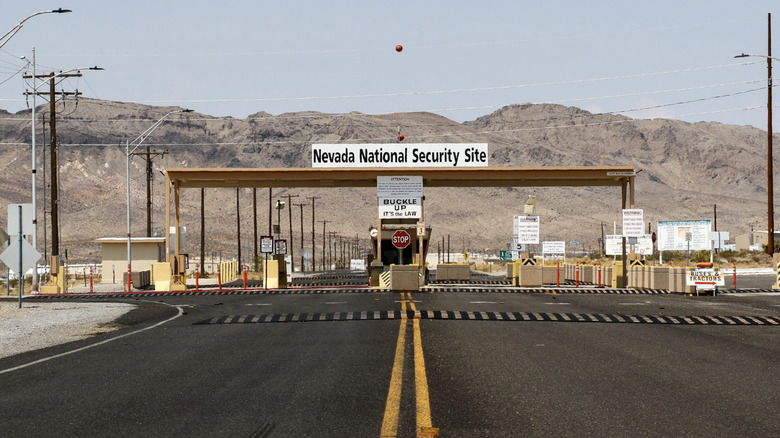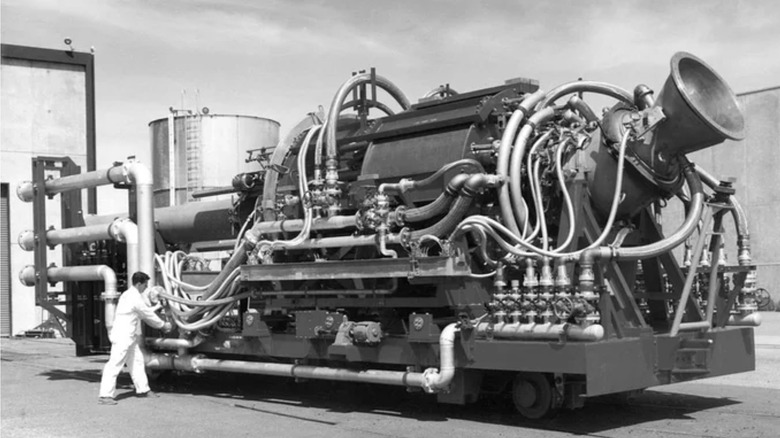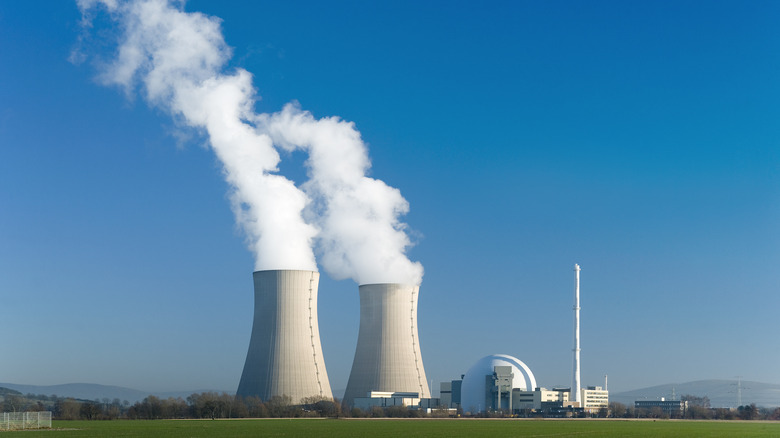Why The US Canceled Project Pluto: The Super Weapon That Never Was
With the role of nuclear powers in maintaining global order and its ongoing arms race, it's unsurprising that the United States has its eyes on Russia's ongoing development of nuclear-powered missiles. However, it's also a little more personal, especially because the United States had canceled a similar project more than half a century earlier: Project Pluto.
In 2018, Russian President Vladimir Putin announced the development of several innovative nuclear weapons, including a nuclear-powered cruise missile. In his presidential address, Putin claimed that Russia's innovations would make NATO missile defense systems "useless." Citing the United States' withdrawal from the 1972 Anti-Ballistic Missile (ABM) Treaty in 2002, Putin reiterates that its ongoing response is reactionary to the increasing range and proximity of the U.S. global missile defense systems to Russian borders.
A year later, The New York Times published an article stating U.S. officials suspected a nuclear blast from Russia's Nenoksa Missile Test Site was one of the worst nuclear accidents in the region since Chernobyl. Reports claim that at least seven people were killed in the explosion, including five scientists (via The Bulletin). Here's how it could have been inspired by the United States' Project Pluto, and why it may cause problems.
What is Project Pluto?
For decades, the Nevada National Security Site (NNSS) has had an extensive history of supporting U.S. national security through nuclear testing. The base has served as a testing site for several types of new weapons, such as the Supersonic Low-Altitude Missile (SLAM) using nuclear ramjet power: codenamed Project Pluto.
In a 2013 brochure, the NNSS claimed that the principles behind the ramjet power used nuclear heat in combination with the force from the air in front of a vehicle to make it expand. Afterward, its exhaust provides the thrust necessary to fly and create impact.
In 1961, the United States successfully unveiled the revolutionary Tory IIA-I in the midst of the Cold War. Mounted on top of a railroad car, it marked the world's first nuclear ramjet engine when it came to life for just a few seconds. Three years later, the U.S. tested the Tory II-C, which was able to run for five minutes at full power — generating 513 megawatts or 35,000 pounds of thrust.
In theory, this marked a game-changing innovation for nuclear-powered missiles. However, coming off the heels of the success from the Tory II-C testing, the U.S. Air Force and the Atomic Energy Commission canceled Project Pluto for good. So, what made the U.S. Air Force change its mind?
The beginning of the end for Project Pluto
Despite spending $260 million for its budget, Project Pluto's sponsors cited fears that the project would be dangerous to even its allies, doing things such as "deafen, flatten, and irradiate people" en route to its target (even before the bomb drops).
Aside from this, it's possible that additional testing requirements and manufacturing risks may have also come into consideration. In an interview with Scientific American, Edwin Lyman, a senior scientist in the Union of Concerned Scientists' Global Security Program shared, "They had a proof-of-principle reactor on the ground, but my impression is that at the time the project was canceled there was probably still a substantial amount of engineering work that needed to be done, not to mention flight testing."
According to the NNSS brochure, one of the key challenges that scientists cited was the materials used for the reactor. While typically used at the time, concrete made it difficult for missiles to fly long trips towards targets. In addition, materials needed to be able to withstand incredible heat to avoid damaging the structural integrity of the missile.
To manage this, Coors Porcelain Company (now CoorsTek) — an offshoot of the famous American brewery and beer company — designed solutions with ceramics. According to a 1996 case filed with the U.S. Department of Labor, 18,681.5 kilograms of beryllium were used in Project Pluto to fabricate 500,000 beryllium and beryllium-uranium fuel elements. However, this didn't come without risks, with its workers acquiring chronic beryllium disease (CBD) years later.
[Featured image by Federal Government of the United States via Wikimedia Commons | Cropped and scaled | Public domain]
Is the nuclear dream still alive?
While there was a time in history when nuclear energy powering everything was the goal, there's a reason why America doesn't build more nuclear power plants. With issues in regulation, increasing manufacturing prices, and growing renewable energy alternatives, there are increasingly more effective options for powering our machines — as well as our weapons.
In 2018, 65% of Americans supported permanently banning U.S. nuclear weapons testing (via The Nonproliferation Review). Despite this, there has been a variety of nuclear-powered technology being explored by the U.S. military in present times, such as nuclear fusion for jets and NASA's nuclear-powered rocket.
Despite Project Pluto biting the dust over 50 years ago, the nuclear dream may still be alive in a different form. Russia doubling down on nuclear missile development, as well as reaching for any developments or discoveries made during the cancelled project, could bring back redeemed nuclear concerns.



